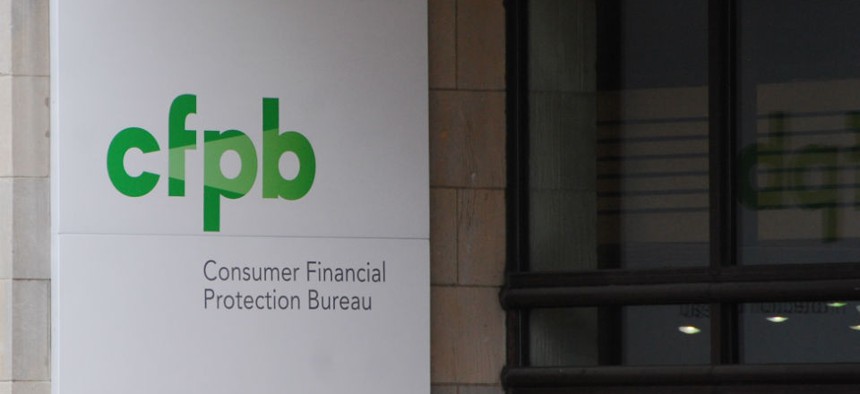Consumer Bureau's Complaint Site Draws a Complaint of Its Own
Financial Services Roundtable launches campaign against 'one-sided' website.
One of the Consumer Financial Protection Bureau’s prized accomplishments, a real-time website posting consumer complaints and company responses, has prompted a different form of complaint.
The Financial Services Roundtable, an industry group led by former Minnesota Republican Gov. Tim Pawlenty, on Monday unveiled a multi-media campaign accusing the three-year-old bureau of spreading inaccurate information to consumers. “Government websites should be reserved for facts,” said a statement from the group.
"The CFPB's plan will feature only one side of the story, and such one-sided accounts will not advance the CFPB's mission of better informing and helping consumers,” said Pawlenty, warning that the interactive site “may misinform consumers by posting unverified, anonymous and potentially inaccurate complaints about financial services companies on a government website.”
The bureau’s website at Consumerfinance.gov since June 2012 has allowed users to click on a “submit a complaint” function to single out companies dealing with mortgages, bank accounts and services, private student loans, vehicle and other consumer loans, credit reporting, money transfers, debt collection and payday loans.
The agency’s report for fiscal 2013 noted that the agency handled some 309,700 complaints from July 21, 2011, through February 28, 2014, and that the volume rose 80 percent from 2012 to 2013.
“The database is live, updates nightly, and contains anonymized complaint data provided by consumers in the complaint process, including the type of complaint, the date of submission, the consumer’s ZIP code, and the company that the complaint concerns,” the annual report said. "The database also includes information about the actions taken by a company in response to a complaint -- whether the company’s response was timely, how the company responded, and whether the consumer disputed the company’s response. The database does not include consumers’ identity information.”
The industry group, which has long been skeptical of the CFPB, said that under the evolving policy, companies get little opportunity to respond to complaints that may be inaccurate (they get 15 days), and that some 70 percent of the complaints were resolved with a simple clarification to the customer. “The CFPB has fast-tracked the start date of this project, leaving many important questions, such as how the CFPB plans to protect the identities of individuals who post on the website from Freedom of Information Act and other public records requests,” the roundtable said. “Many other key details, such as how the CFPB will verify that the customers are who they say they are, and a range of other questions about how the system will work still haven’t been disclosed.”
In a Monday statement to Government Executive, bureau spokesman Samuel Gilford said, “Before the CFPB began accepting complaints, many consumers had nowhere to turn to receive a timely response from their financial services provider. For many consumers, an explanation from their lender or service provider offers helpful insight or clarity. Under the proposed policy, the CFPB would only publish a consumer’s complaint narrative if the consumer provided their informed consent to do so, which they could withdraw at any time. Companies would be able to publish their own response, which would appear next to the consumer’s complaint narrative. The CFPB would take all reasonable steps to remove personal information from both the complaint narrative and the company’s response.”
The bureau challenged the roundtable’s criticism that it rushed, saying it had extended the public comment period on the website’s policy by 30 days. And on the industry assertion that 70 percent of complaints are routinely dispensed with, the bureau suggested it depends on the quality of the explanation. More than 70 percent “of mortgage complaints have been ‘closed with explanation,’ which is a company’s indication that the steps taken in response to the complaint included an explanation tailored to the individual consumer’s complaint,” the spokesman said via email. “For example, in the case of a mortgage complaint where a consumer is dissatisfied with a loss mitigation process, a thoughtful company response that explains the process and outlines next steps based on the consumer’s particular situation should be categorized by the company as ‘closed with explanation.’ ”
(Image via Flickr user Adam Fagen)




